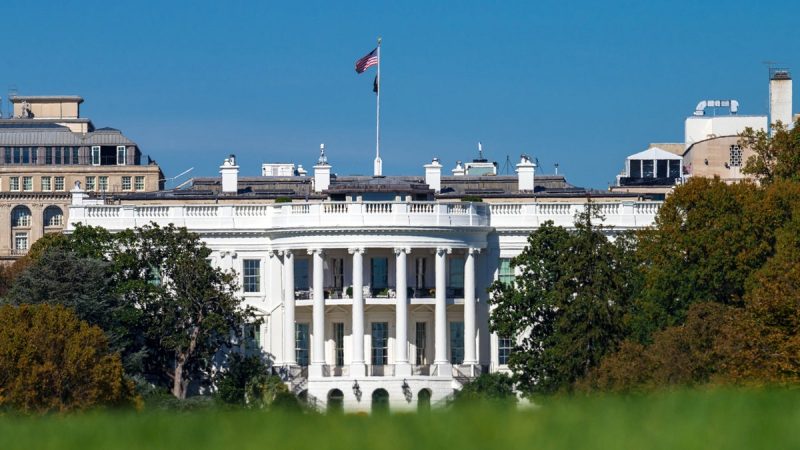The Electoral College: Safeguarding the Balance of Power in U.S. Presidential Elections
Structure and Functioning of the Electoral College
The Electoral College system, established by the Founding Fathers in the U.S. Constitution, serves as a unique and crucial component of the presidential election process. Comprising 538 electors, the Electoral College effectively balances the influence of individual voters and the states in determining the President and Vice President of the United States.
Each state is assigned a specific number of electors based on the total number of Senators and Representatives it has in Congress. With a total of 435 members in the House of Representatives and 100 in the Senate, along with 3 additional electors from Washington, D.C., the Electoral College ensures that all states, regardless of size or population, have a voice in the election.
The way in which electors are chosen varies by state, with most states following a winner-takes-all approach, where the candidate who receives the majority of votes in the state receives all of its electoral votes. This winner-takes-all system can lead to scenarios where a candidate wins the popular vote nationally but loses the Electoral College and, therefore, the presidency.
Critics argue that the Electoral College can potentially undermine the principle of one person, one vote, as it is possible for a candidate to win the presidency without winning the popular vote. However, defenders of the system maintain that it protects against the tyranny of the majority and ensures that smaller states are not overshadowed by the most populous states in presidential elections.
The Electoral College in Practice
In practice, the Electoral College vote takes place in December following the November election. Electors, mostly chosen by political parties, meet in their respective states to cast their votes for President and Vice President. The candidate who receives an absolute majority of electoral votes (270 out of 538) is then officially elected as the next President.
In rare instances where no candidate receives a majority in the Electoral College, the election is decided by the House of Representatives for the President and the Senate for the Vice President. This process highlights the unique and nuanced workings of the Electoral College in ensuring the peaceful transfer of power in the U.S.
Conclusion
The Electoral College, as a cornerstone of the U.S. electoral system, continues to spark debate and scrutiny. While some argue for its abolition in favor of a direct popular vote, others emphasize its value in preserving the delicate balance of power among states. As the nation grapples with questions of democratic representation and fairness, the Electoral College remains a subject of ongoing discussion and possible reform in American politics.




























